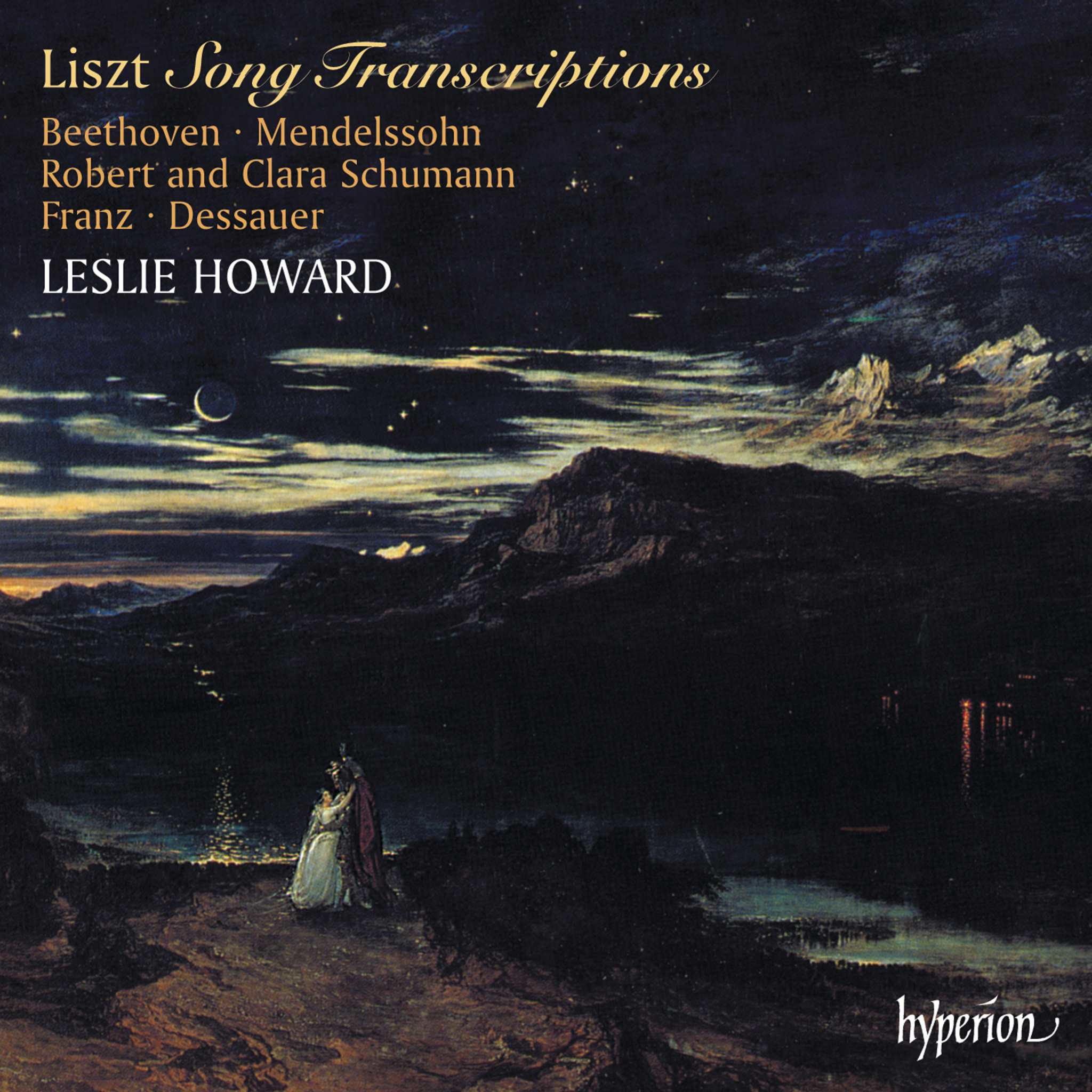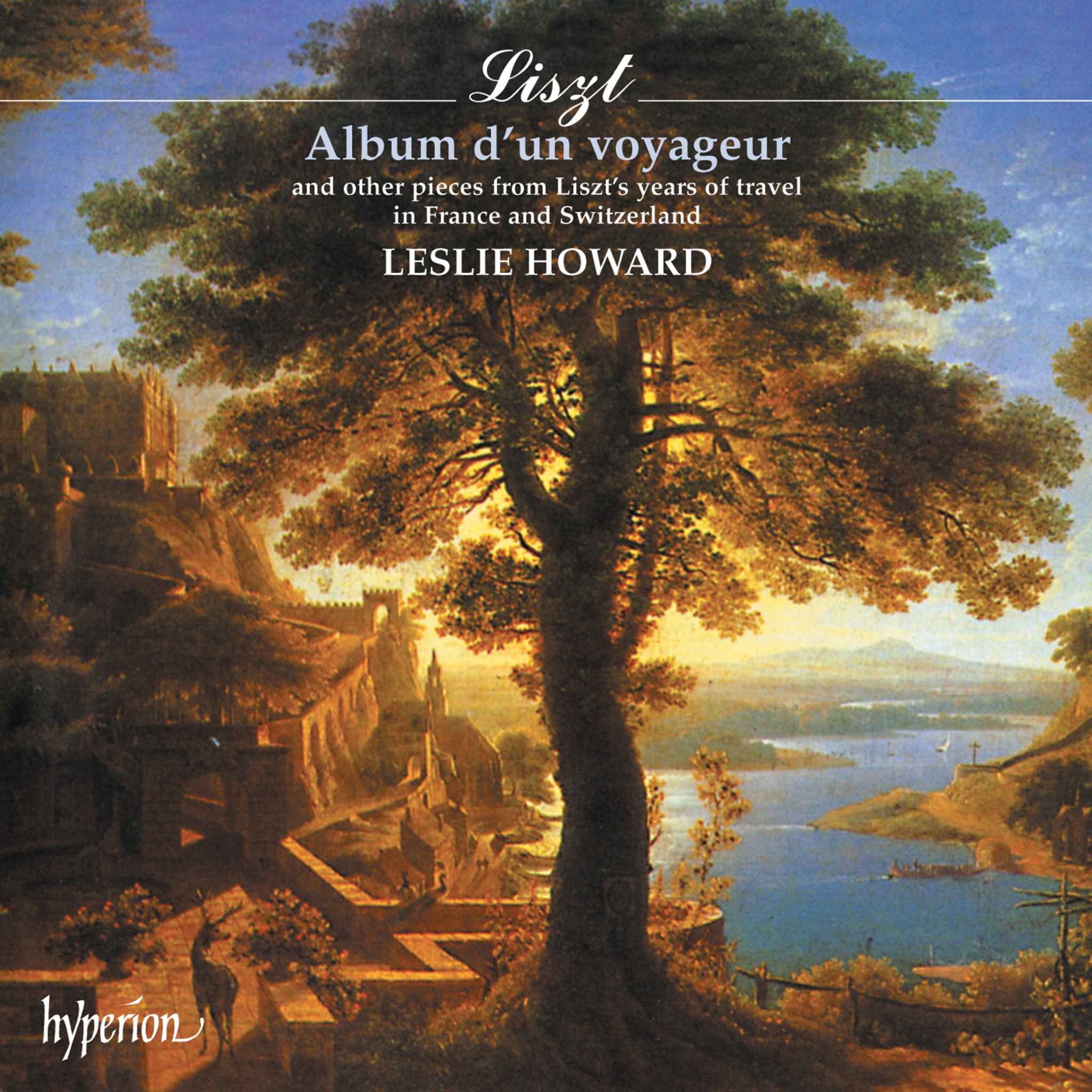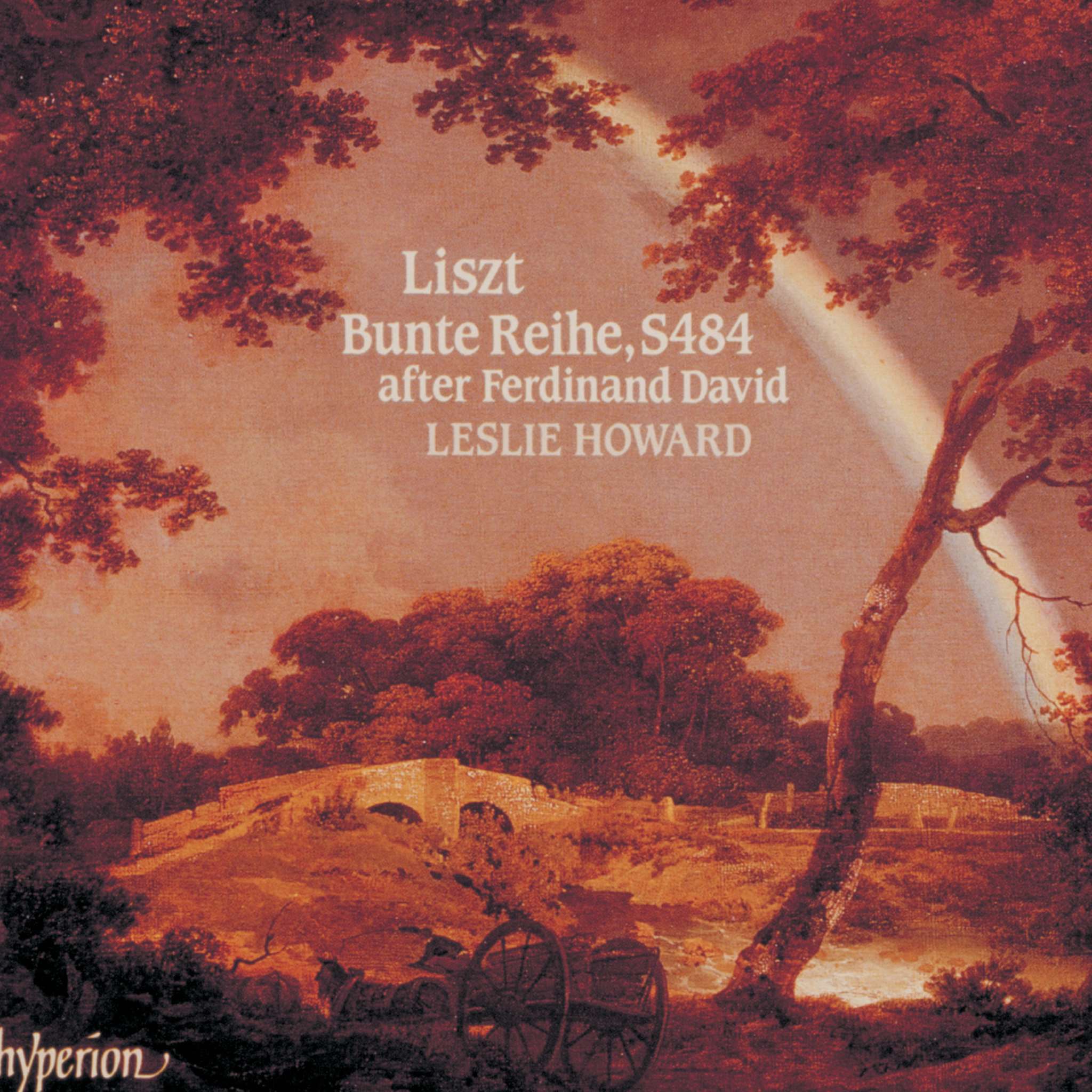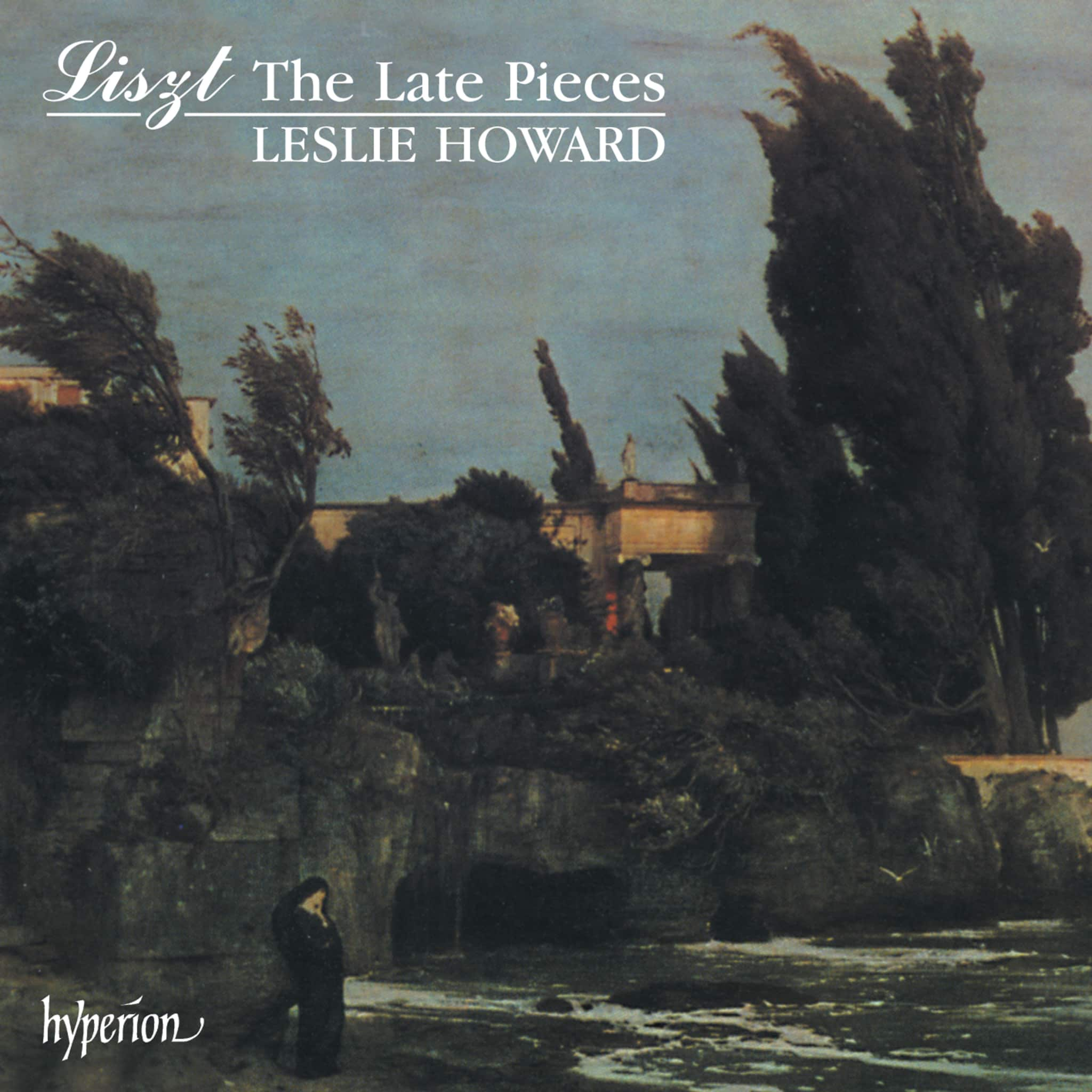Album insights
Martyn Brabbins and the BBC Scottish Symphony Orchestra have completed their recording series of Michael Tippett's symphonies with this album. These five works, spanning Tippett's long career, can now be viewed for the first time as a cycle. Nearly half a century separates Symphony in B (1932-33) from Symphony No. 4 (1976-77), with the traversed musical landscapes embodying different styles. Despite each symphony having its own musical climate, a shared characteristic compositional personality runs through the entire cycle.
Just as Tippett's first opera, The Midsummer Marriage (1946-52), faced a challenging start, his second symphony also encountered a less-than-ideal premiere. While crafting Symphony No. 3, Tippett found inspiration in American music following his trip to the United States, leading to a distinctive fusion in his musical language.
His third symphony introduces a contrast between elements he termed "music of stillness" and "music of movement," influenced by mentor T.S. Eliot's concepts. The interplay of rhythmic energy and calm moments progresses into a slow movement where musical fragments float around.
Part 2 unfolds with a Scherzo transitioning into dynamic brass and complex collage, reminiscent of Charles Ives. Anarchy gives way to a vocal finale with four Blues songs, featuring Tippett's own verses set to music from various influences, including Mahler and Bessie Smith.
In the first song, Schiller's verses are reimagined, shifting the tone to darker themes. Meanwhile, Tippett dares to challenge Schiller's merciful God, questioning universal brotherhood ideals. Through musical distortions evoking Beethoven, Tippett confronts and reshapes traditional symphonic elements.
Tippett uses the blues as a conduit for combating societal depression and reviving the joy encapsulated in Beethoven’s Ninth Symphony ideals. The finale, echoing Martin Luther King's speech, envisions a peaceful realm that must be established on Earth through healing and love. The orchestration culminates in a climax, balancing tumultuous brass with delicate strings, highlighting the power of compassion over discord.
The debut of Tippett’s Symphony No. 4 in 1977 faced challenges in realizing the composer’s intricate design, especially regarding the notable "Breath Effect," meant to enhance the symphony's depth through innovative recording techniques.
Initially focused on his Symphony No. 4, Tippett eventually embarked on the monumental task of setting Robert Lowell’s poem “For the Union Dead” to music. Drawing from childhood memories at a Dorset museum, Tippett's composition process was influenced by visual and auditory stimuli reflecting life’s continuous cycles.
The Symphony No. 4's single movement structure conveys a profound narrative, divided into seven stages, interconnected by thematic contrasts and symphonic transitions, much like a cinematic montage. Tippett's innovative orchestration and dynamic shifts orchestrate a musical narrative mirroring life’s ebbs and flows.
The British premiere of Symphony No. 4 in 1977 with the Chicago Symphony Orchestra under Solti's baton unfolded amidst technical challenges, echoing Tippett's exploration of progression and regression themes within a mesmerizing orchestral framework.
Reviving his earlier works, the rekindled performance of Symphony in B after over eight decades highlights Tippett's youthful exploration and sets a pivotal milestone in his transformative musical journey.
In a time when the world was politically charged, Tippett, at 28 years old, composed the Symphony in B, showcasing a departure from his later avant-garde leanings. Influenced by Sibelius, the symphony exudes a neoromantic aura, hinting at the composer's evolving style.
The symphony was first performed in 1934 but faced delayed publication due to wartime constraints and Tippett's evolving musical ideologies. Rediscovered in 2018, the symphony was brought to life once more, shedding light on Tippett's early aspirations and creative pursuits.
By unearthing new insights and incorporating the composer's final revisions, the Symphony in B evokes a sense of Tippett's artistic evolution and his deep-rooted belief in love and transformation, resonating with the ever-changing musical landscape of his time.






